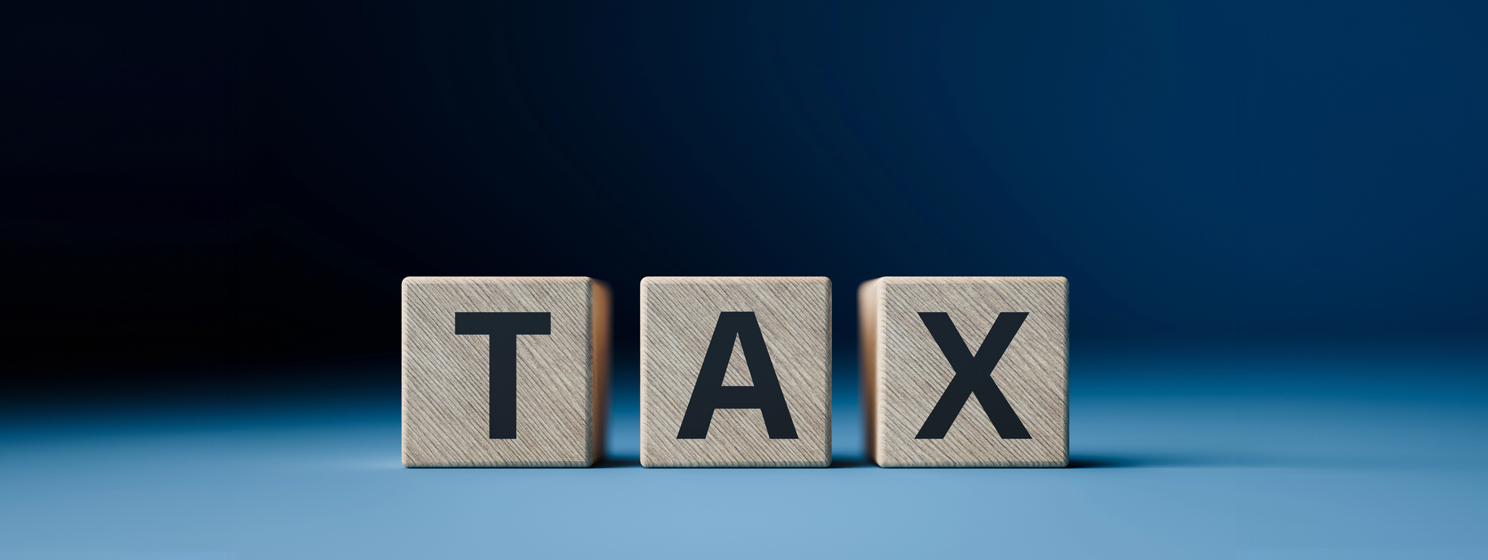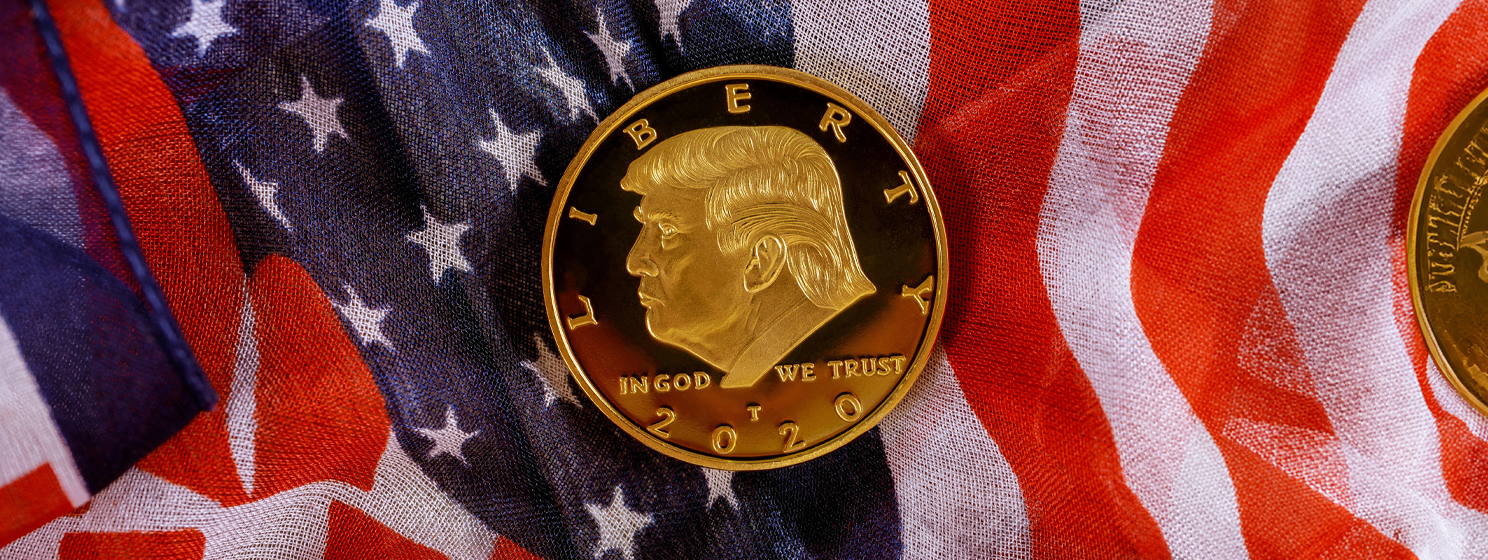|
Getting your Trinity Audio player ready...
|
Have you ever questioned how artists can truly own their digital masterpieces in an age of easy replication? Our latest article dives into the challenges of digital art authenticity and presents a game-changing solution: the fusion of BSV blockchain and Ordinals. Discover how these tools can prevent art forgery and revolutionize how artists monetize their work. With a complementary video to this article, get a firsthand look at platforms like Aym.World, RelayX.com, and 1SatOrdinals.com stand at the forefront of this transformative journey. Beyond the captivating allure of digital art lies a complex web of ownership and rights; step into its intricacies and envision the promising future of monetizing digital art, music, and videos.
The digital art landscape—which includes digitized fine artworks, photography, and works aided by artificial intelligence (AI)—has undergone significant changes in recent years. With increasing digitization, concerns around rightful ownership and monetizing digital art pieces and photographic works have emerged. The challenges are palpable: how can artists assert ownership over their creations in an increasingly digital world, and how can patrons be assured of the authenticity of their acquisitions?
In light of these concerns, revolutionary solutions like the BSV blockchain and Ordinals are stepping in, bridging gaps and offering transformative opportunities for the world of digital art and photography.
Addressing the challenge of digital art ownership
In a world dominated by digital replicas and easy file sharing, the originality of digital art has been at stake. For example, if a set of JPG NFTs is sold with the promise that they are limited edition, what will stop the same sellers from reselling the JPGs separately or as part of another collection? What evidence is there to prove this malpractice?
Artists and collectors alike need help establishing a concrete system to verify the authenticity and ownership of a digital piece. Discerning an original from a replica becomes almost impossible with hundreds, if not thousands, of identical or similar file copies. The need for a more robust system to assert and recognize digital art ownership is evident.
BSV blockchain and Ordinals: The artistic revolution
Enter BSV blockchain and Ordinals—a groundbreaking combination transforming how we view digital art ownership. While the BSV blockchain acts as an immutable ledger recording every transaction and asserting authenticity, Ordinals provides a unique, serialized identity to every piece of digitized creative work.
For those unfamiliar with the concept, imagine if each digitized creative work (for example, a JPG file if it is an image, an MP3 file if it is music, an MP4 file if it is video) can be embedded on a cent coin, except that in reality, the digital file is inscribed on a single satoshi, the smallest unit (a hundred millionth) of a Bitcoin. When something is inscribed on a satoshi, there is proof on the BSV blockchain. The blockchain records when the inscription was done, which wallet funded it, and which wallet controls or owns that ordinal. Therefore, this provides an ideal way for artists, photographers, musicians, and videographers to prove that they created a piece of work by being the first to inscribe it onto the blockchain. Establishing copyright ownership to a creative work is primordial before one can monetize it, either by selling it or selling the rights to use or profit from it.
A practical demonstration: Inscribing and monetizing art, music and videos as Ordinals
To understand the process better, let’s consider a practical application. When artists monetize their creations, they inscribe them onto the BSV blockchain. The ordinal belongs to a Bitcoin wallet for which the owner or creator of the artwork owns and controls. Once inscribed, the data can’t be altered or replicated without detection, ensuring the data’s authenticity. Furthermore, the BSV blockchain’s public nature allows anyone to check and verify the data associated with the ordinal.
Evaluating leading platforms: Aym.World, Relayx.com, and 1SatOrdinals.com
While the underlying technology is transformative, its adoption and practicality depend heavily on the platforms harnessing it. Several platforms stand out in this revolution, with Aym.World, Relayx.com, and 1SatOrdinals.com among the frontrunners.
- Aym is an aesthetically beautiful website keeping within the theme of buying and selling ‘artefacts,’ their name for ordinals. It provides two wallets, one for paying for inscribing, buying, and selling fees, and another for storing your ordinals. The website is geared toward image files like artwork, photographs, or AI-generated.
- RelayX, on the other hand, focused heavily on NFTs, and it is adjusting itself for ordinals. Look out for the ‘inscribing’ button. That will lead you to the ordinal functionality.
- 1SatOrdinals is the most versatile, feature-rich, and functional. I have inscribed a music file as well as an encrypted zip file. Its feature allows you to add metadata to your ordinal inscriptions. You create a field name, and you provide a value. For example, a field name could be ‘the Artist’ or ‘the Photographer’. The value could be your name. You can create whatever fields you think are essential to the ordinal, and these fields could one day be pulled from the blockchain to interface directly with websites or applications. The other two ordinal websites above do not have this feature.
These three websites seem to be tuned for image file Ordinals. However, as I have tested with 1SatOrdinals, I could inscribe other file types, such as an mp3 and an encrypted zip file. You may be unable to view the specific file types from some of these platforms, but I could still download the file from the blockchain using a blockchain explorer like WhatsOnChain. After downloading the file, you can use your device to open the file.
Collectively, these platforms’ existence ensures competition, collaboration, and innovation to continue improving ordinals in the BSV blockchain.
Looking ahead: The future of digital art ownership
The introduction of the BSV blockchain and Ordinals in digital art has been revolutionary. The author still believes that there is a need for off-chain contracts and agreements to be made to support the sale and transfer of these assets. If not, smart-contracting solutions are also available where such use cases can be explored1.
As it stands now, however, Ordinals using the BSV blockchain already provide a critical function: to timestamp files, associate them to their creator or copyright owner, and make them accessible and available on the blockchain, and its data is immutable. Artists can now confidently share their creations, knowing they have proof and evidence to assert their rights when needed in the future. Collectors, too, can invest in digital art, music, and videos with added proof of and access to their investments on the Blockchain.
While we’re witnessing just the beginning, the potential is vast. As technology advances and more platforms embrace this system, the boundaries of digital art ownership will expand further, paving the way for new artistic expressions and innovations.
Watch the original video demonstrating how to inscribe an image as an Ordinal on the blockchain and buy and sell the ordinal for those intrigued by this evolution and wishing to witness these technologies in action.
NOTE:
[1] Tokenized.Com and Scrypt.io are teams working on smart contracts on the BSV blockchain.
CoinGeek Roundtable with Joshua Henslee: 1Sat Ordinals on Bitcoin

 01-09-2026
01-09-2026 




